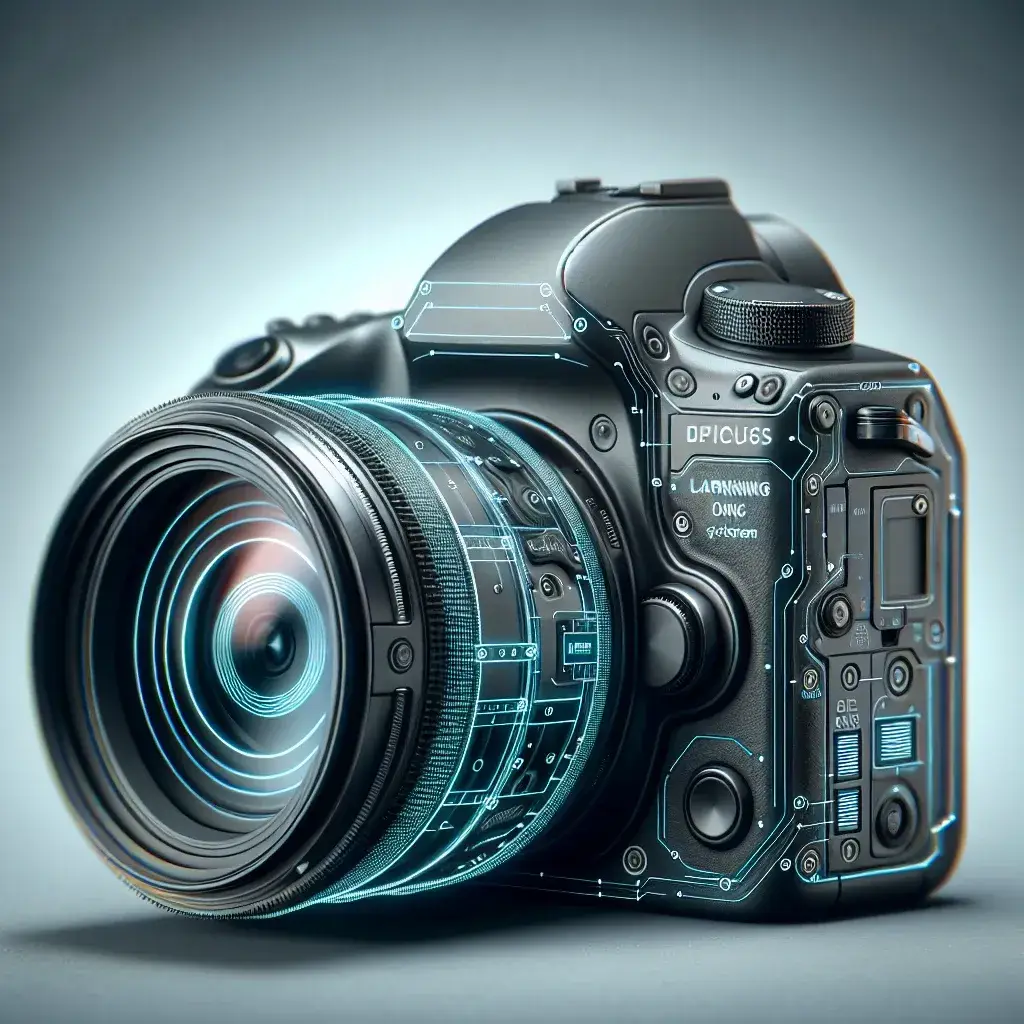Nikon’s Revolutionary Firmware Update: Enhancing Autofocus with AI
Nikon, a leader in the photography industry, has recently announced an exciting firmware update that is set to revolutionize the way photographers approach autofocus. This update introduces AI enhanced autofocus capabilities, enabling photographers to capture images with unprecedented precision and speed. In this article, we will delve into the details of this groundbreaking update, its implications for photographers, and what it means for the future of imaging technology.
Understanding AI Enhanced Autofocus
Artificial Intelligence (AI) has become a game-changer in various sectors, including photography. By integrating AI into autofocus systems, Nikon is empowering photographers to focus on their creative vision without being bogged down by the technical aspects of capturing the perfect shot.
What is AI Enhanced Autofocus?
AI enhanced autofocus utilizes advanced algorithms to analyze scenes and subjects in real-time. This involves identifying faces, eyes, and other key elements within a frame, allowing the camera to achieve focus with remarkable accuracy. The result is a smoother shooting experience, especially for dynamic subjects, which has traditionally been a challenge for photographers.
Key Features of the Firmware Update
- Improved Subject Tracking: The AI algorithms can now track subjects with enhanced efficiency, ensuring that the focus remains sharp even during rapid movements.
- Face and Eye Detection: Photographers will benefit from improved face and eye detection capabilities, making portrait photography easier than ever.
- Customizable Autofocus Settings: Photographers can now customize their autofocus settings to suit their specific shooting conditions, giving them greater creative control.
- Support for Various Lens Types: This update is designed to work seamlessly with a wide variety of Nikon lenses, enhancing the overall user experience.
The Historical Context of Autofocus Technology
To appreciate the significance of Nikon’s latest firmware update, it’s essential to understand the evolution of autofocus technology. Autofocus systems have come a long way since their inception in the 1980s. Early systems relied heavily on contrast detection, which often struggled in low-light conditions or with fast-moving subjects. Nikon’s introduction of phase detection autofocus marked a significant milestone, allowing for faster and more accurate focusing.
From Phase Detection to AI
The integration of AI represents the next logical step in this evolution. By leveraging machine learning, Nikon’s autofocus system can learn from various shooting scenarios, improving its accuracy and responsiveness over time. This advancement is not merely a minor enhancement; it fundamentally changes how photographers can interact with their cameras.
What This Update Means for Photographers
The introduction of AI enhanced autofocus opens up new possibilities for photographers, regardless of their experience level. Here are some key implications:
1. Increased Efficiency
For professional photographers, time is of the essence. The improved autofocus capabilities allow for quicker and more accurate focusing, enabling photographers to capture fleeting moments without missing a beat.
2. Enhanced Creativity
With the technical aspects of focusing taken care of, photographers can focus entirely on their creative vision. This fosters a more artistic approach to photography, allowing for exploration of dynamic compositions and unique perspectives.
3. Democratization of Photography
Amateur photographers can also benefit significantly from these advancements. The AI enhanced autofocus system makes it easier for less experienced users to achieve professional-quality images, leveling the playing field in the world of photography.
Pros and Cons of AI Enhanced Autofocus
Pros
- Improved accuracy: AI enhances the ability to focus on subjects quickly and accurately.
- Versatility: Adaptable for various photography styles, from portraits to sports.
- Time-saving: Reduces the time spent adjusting focus, allowing for more shooting time.
Cons
- Potential over-reliance: Photographers may become too dependent on technology, neglecting manual focus skills.
- Learning curve: Some users may need time to adapt to new autofocus settings and features.
- Cost: Upgrading to the latest models or firmware may involve additional expenses.
Future Predictions: The Evolution of Autofocus Technology
As Nikon leads the charge in AI enhanced autofocus, it is worth considering what the future holds for this technology. Here are some predictions:
1. Further Integration of AI
We can expect even deeper integration of AI into camera systems. Future updates may allow cameras to analyze entire scenes, optimizing settings automatically for the best possible shot.
2. Greater Customization Options
Manufacturers may provide more customizable options for autofocus settings, allowing photographers to tailor their experience even further.
3. Expansion Beyond Photography
AI enhanced autofocus could find applications beyond traditional photography, including videography and live streaming, where focus accuracy is crucial.
Conclusion
Nikon’s announcement of firmware updates enabling AI enhanced autofocus is a significant leap forward in the world of photography. The implications of this technology extend beyond mere convenience; they foster a new era of creativity and accessibility in photography. By embracing these advancements, photographers are not only enhancing their capabilities but also redefining the art form itself.
As we look to the future, it’s clear that Nikon is committed to pushing the boundaries of innovation, ensuring that photographers around the world have the tools they need to capture stunning images with ease. With AI enhanced autofocus, the dream of perfect focus is now more attainable than ever.
